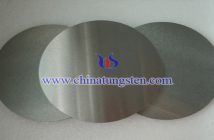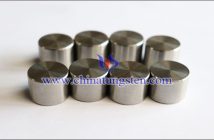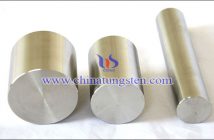As a semiconductor device, WO3 electrochromic device is more and more popular in the production of smart windows, which can save energy by adjusting the optical transmittance. That is to say, such a device (window) can control the intensity of visible light and solar heat radiation transmitted through the device (glass). Wherein, WO3 is often used as a cathodic coloring material.
More details, please visit:
http://tungsten-oxide.com/index.html
![]()
According to the experts, WO3 and Ni hydroxide are currently in widespread use as, respectively, cathodic and anodic coloring materials. However, electrochromic devices incorporating WO3 and Ni(OH)2 may have problems related to their limited durability due to chemical incompatibility between the electrochromic layers and the adjoining electrolyte. WO3 is stable in a moderately acidic electrolyte but rapidly dissolves in a basic electrolyte. On the other hand, the Ni(OH)2 is stable in a basic electrolyte but unstable in an acidic electrolyte. Recently, a solution to this problem was attempted by depositing a compact WO3 protective layer on top of the Ni hydroxide. However, the WO3 also has a tendency to slowly dissolve in an acidic electrolyte because hydrated WO3, the soluble form, is formed during the bleaching/coloring processes in the acidic electrolyte, which may lead to the degradation in the performance of an EC device. And Ta2O5 may represent another possible protective layer on top of the Ni(OH)2.



